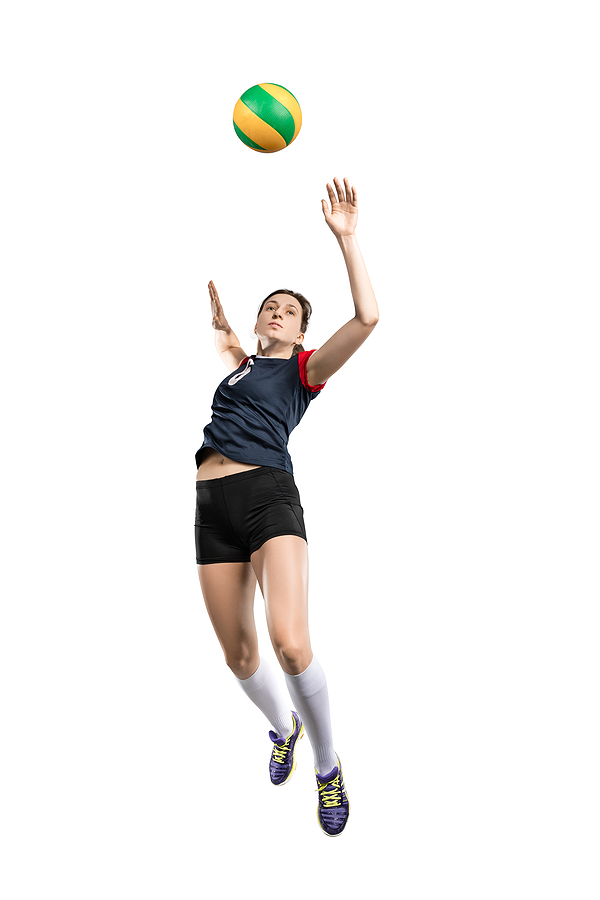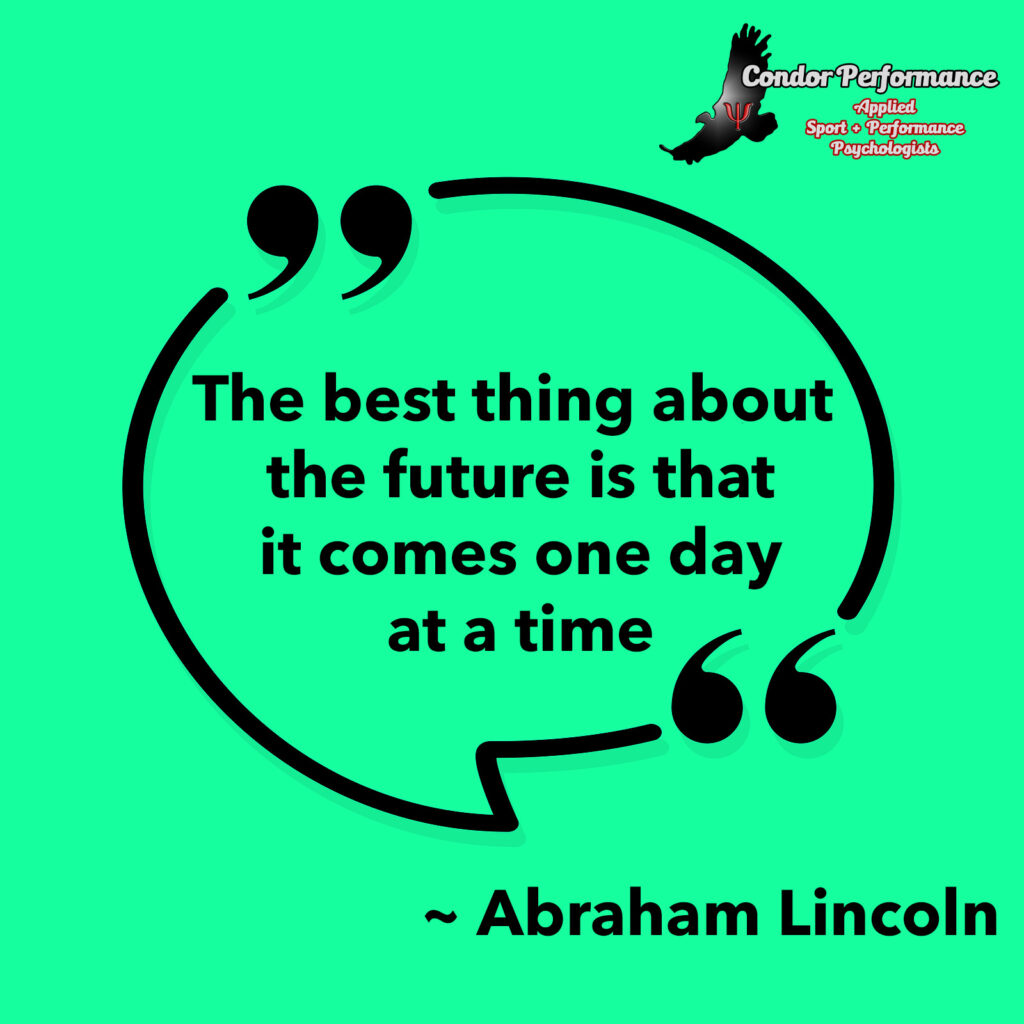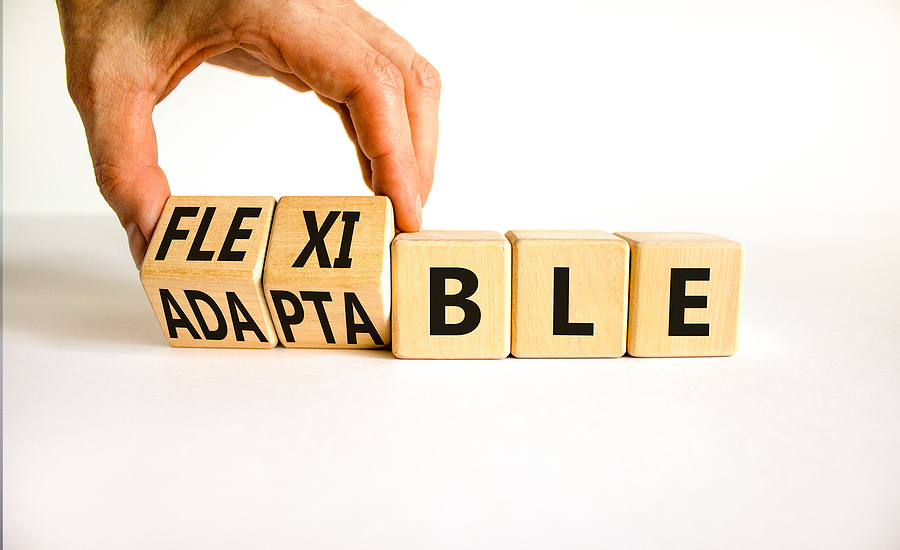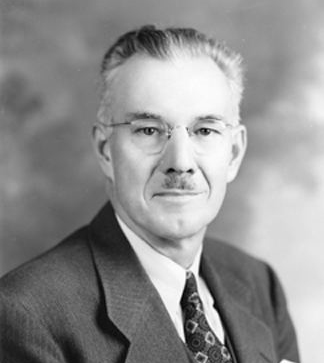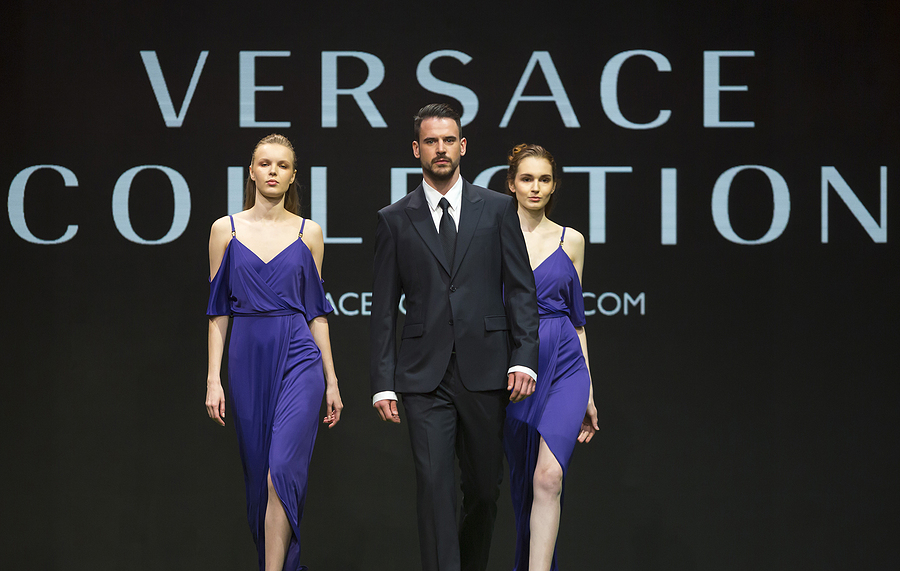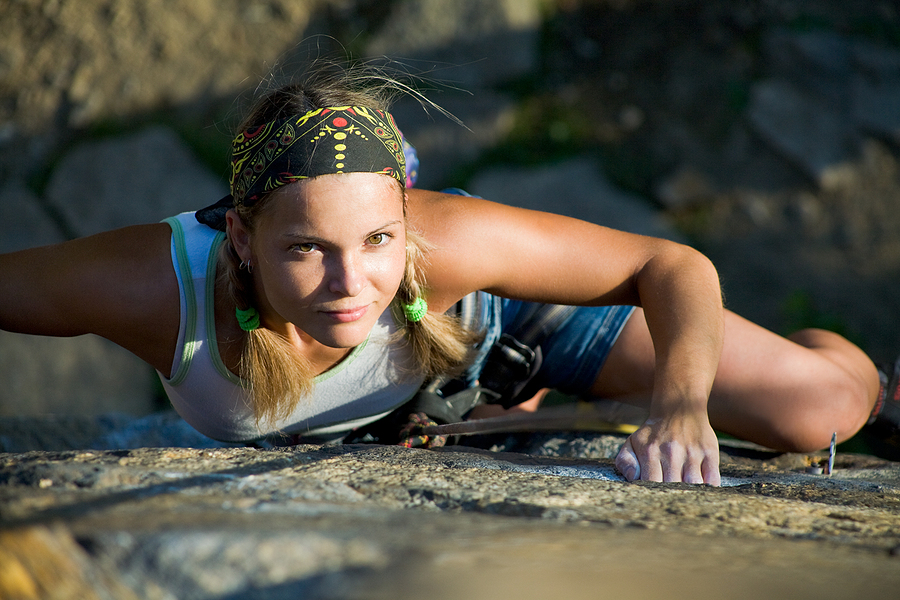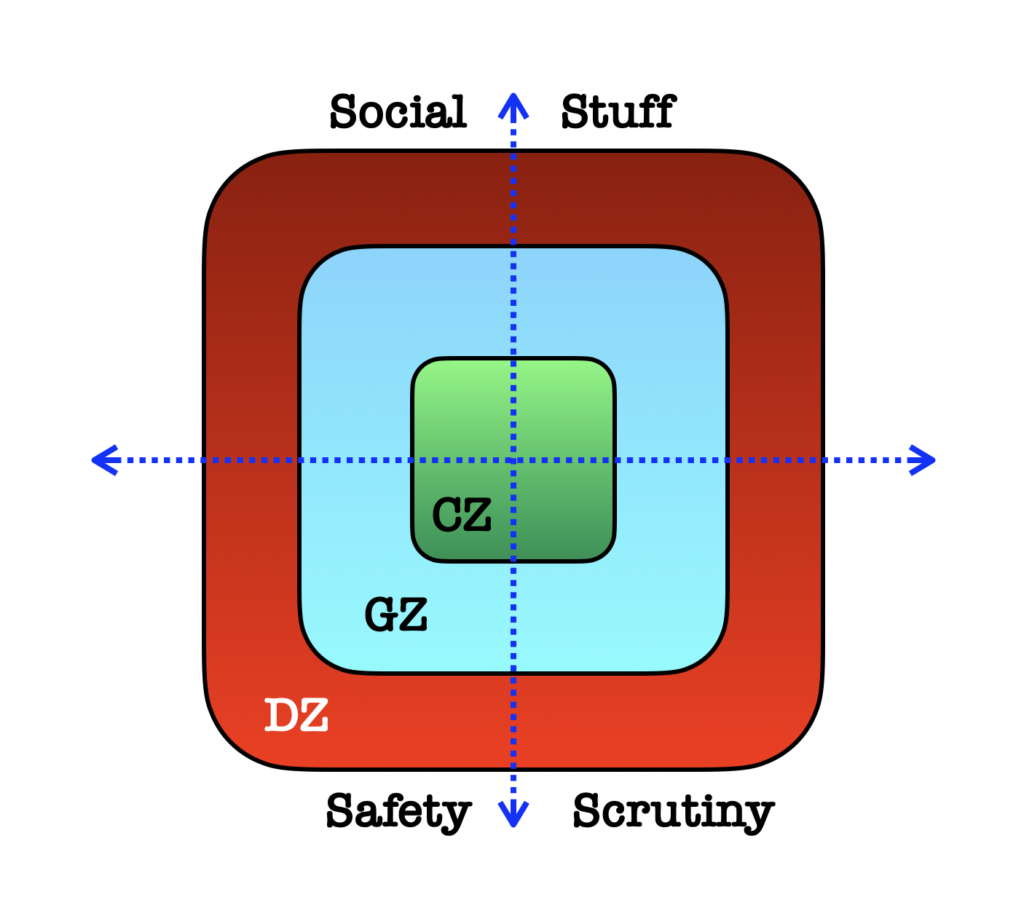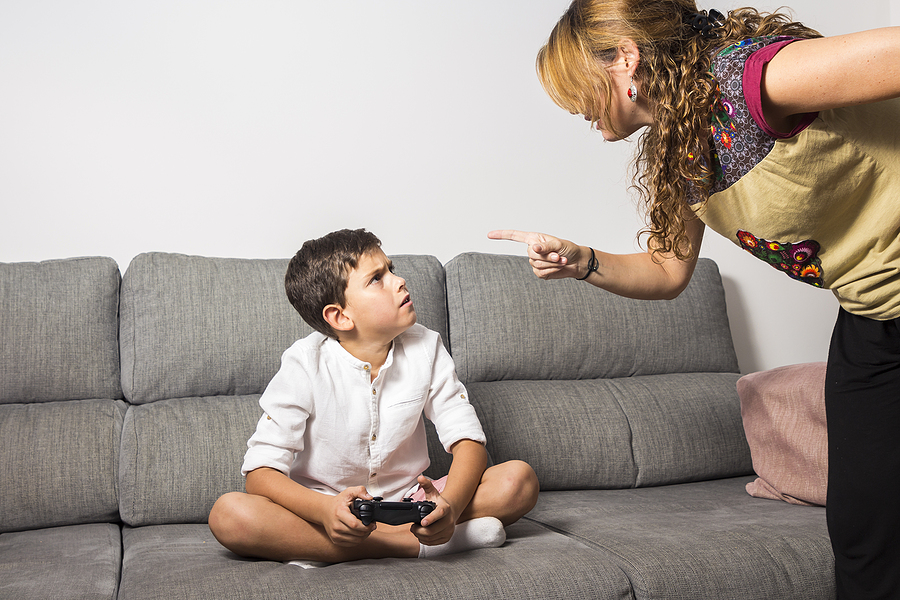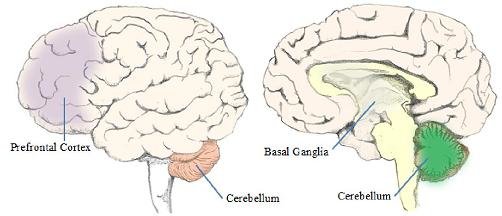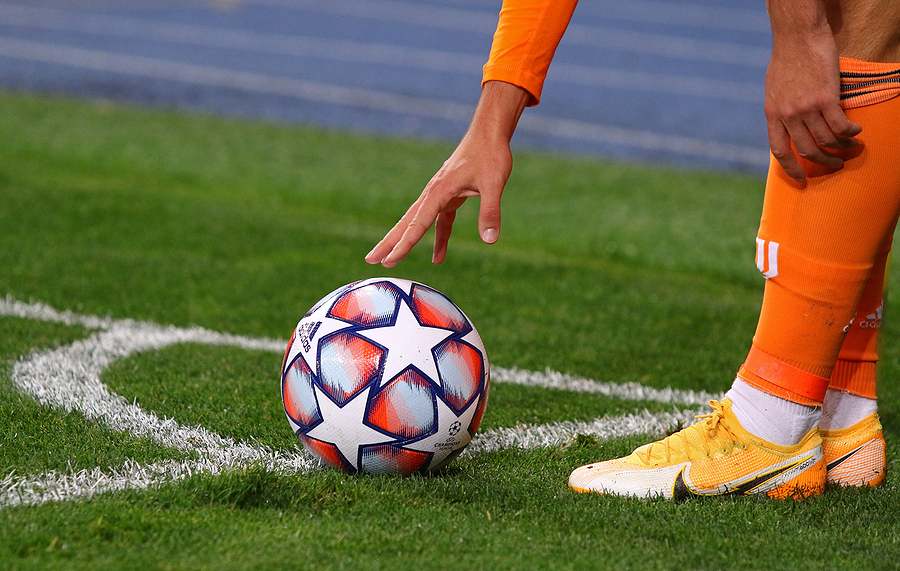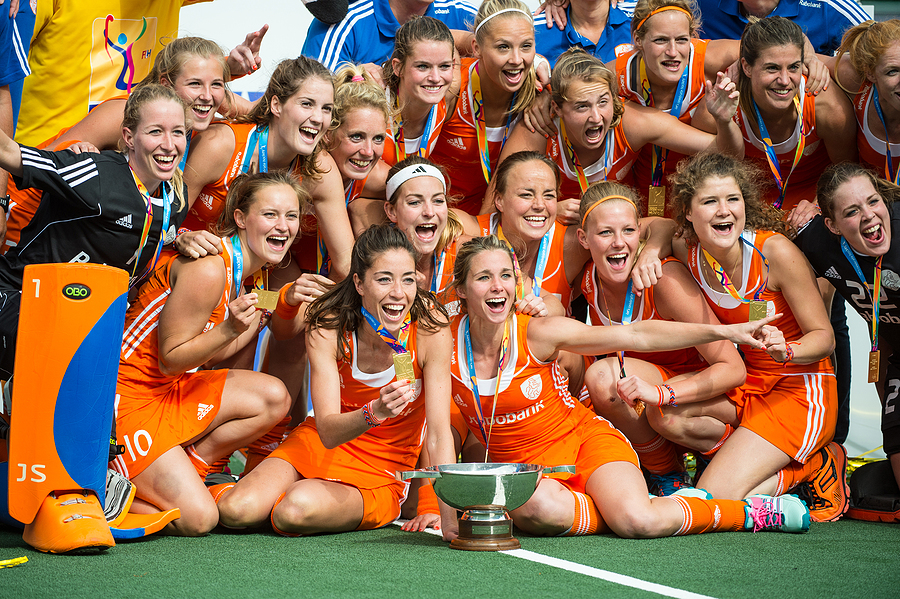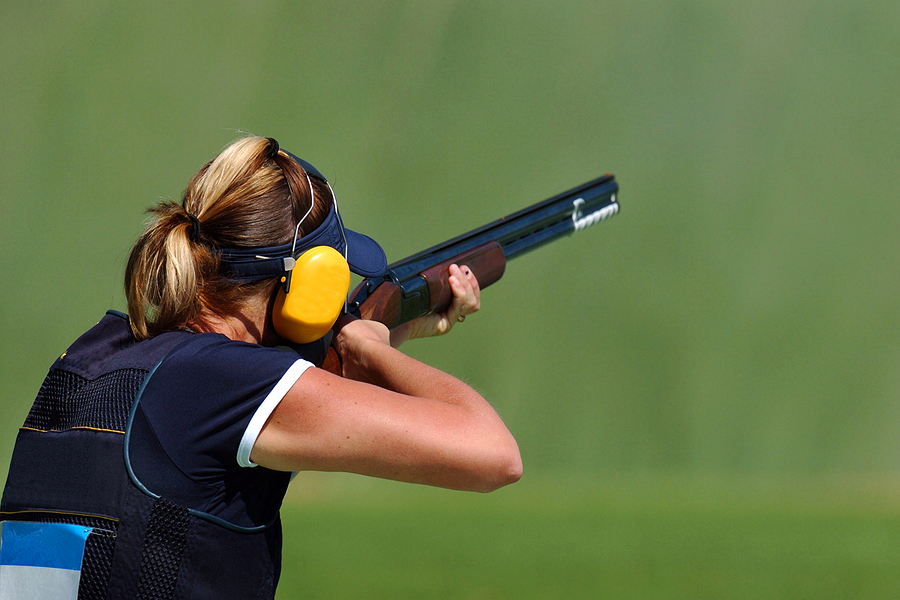
What Are Pre Shot Routines (PSRs)?
Pre Shot Routines are the most common short-performance routines, but they are not the only type. Any closed motor skill required constantly during a sporting context could and should have a routine beforehand. A closed motor skill is an action or series of actions typically ‘performed in a stationary environment, where the performer chooses when to start the skill’.
If we did some brainstorming, we could probably come up with dozens of labels suited to different sports, but in my work as a sport psychologist, these six are the most common:
- Pre Shot Routines for Golf, shooting sports, table sports, lawn bowls.
- Pre-Point Routines (or you can have Pre-Serve Routines and Pre-Receive Routines) for all racquet sports, such as tennis, squash, table tennis, badminton, and paddleball (pickleball), to name the most common.
- For AFL, soccer/football (set shot takers), rugby league, rugby union and American football (kickers), we’d use the term Pre Kick Routine.
- The term Pre Start Routines is probably best for most racing sports, from swimming to motorsports to track and field.
- Pre-Ball Routine … you guessed it – cricket and baseball.
What Is The Generic Term?
To my knowledge, no agreed term describes all of these mental skills. Probably because Pre-Shot Routines tend to be the most common, they are often used to describe most others. This is reasonable for all of the above examples other than racing sports. Most tennis players will instinctively know what you’re referring to if you use the term pre-shot routine instead of pre-point routine. But I suspect you might not get a great response if you tell a 200-meter sprinter that you’ll be working on their pre-shot routine during the sessions.
Pre Shot Routines Before Closed Motor Skills
For all closed motor skills, the athletes will always have at least a few seconds before attempting the action. Left ‘to wing it on the day,’ these few seconds (or few minutes) can often become fertile grounds for overthinking. This tends to lead to underperforming in high-pressure situations.
There is one main rule for constructing or improving any pre-shot routine. Only include easily repeatable actions. In other words, the only premeditated aspects of the routines are body movements. Thoughts and feelings are left to occur naturally at the time. You have too little influence on them to ensure you can “do them” when it counts.
Intended actions are far more reliable than thoughts and feelings. Indeed, they are so reliable that we can (with a lot of practice) virtually guarantee them. We can never guarantee that we will be able to think a certain way in certain situations. So, trying to do so is fraught with danger from a psychological point of view.
The Classic ‘Pre Shot Routine’
Start with this question. Is one Pre Shot Routine enough, or do I need several? For most sports, one is normally sufficient. Attempting a 3-foot putt versus a long drive in sports like golf might seem too different to justify having two different PSRs ready to go. For racquet sports, starting the point or receiving the ball from the server is very different, so I would encourage at least two.
The start of the Pre Shot Routine benefits from ‘a trigger action’. This helps us switch it on at that moment. For a sport like lawn bowls, maybe this is wiping your hand on your pant leg.
After this initial action, add three to five other steps that naturally lead to the “shot”. Any more than this, and you run the risk of overcomplicating it.
For example, one of these steps in clay target shooting is to shout ‘pull’. A baseball pitcher and a cricket bowler have no choice but to include correctly gripping the ball during their pre-ball routines.
Pre Point Routines
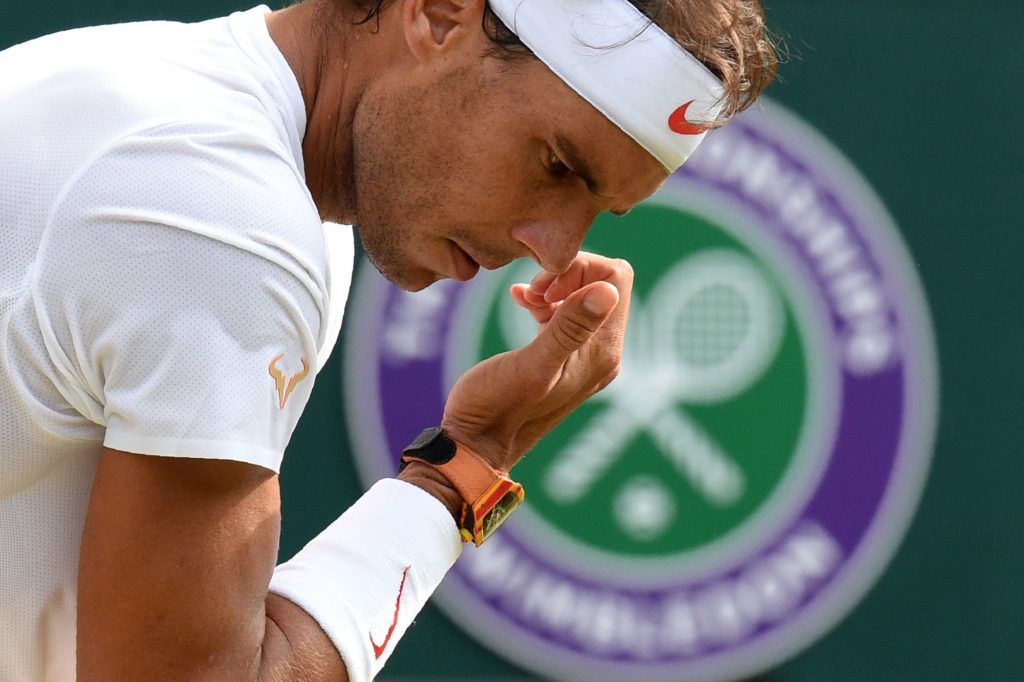
Racquet sports are interesting as only the serve is a closed skill because the receiver doesn’t decide when to receive the ball. However, I have always found that having a Pre-Serve Routine and a Pre-Receive Routine is a good plan in my work with tennis players.
The good old face clean with a towel is hard to beat as a starting trigger for both the server and the receiver. The rest of the routine needs to be aligned with what is required in a few seconds. If you’re about to receive the ball, walking to the right spot and taking the right body position might want to be included. If you’re serving, bouncing the ball, pausing, and slowly looking up can be great inclusions.
Ball Bouncing
Ball bouncing (waggling the golf club, same as) is a double-edged sword. Most players do it “until they feel right,” but this assumes you’ll always feel right at some point. I am in favour of picking a range of bounces. For example, 2 or 3 and then sticking to this 100% of the time. Yes, even in practice and when doing it as part of your visualisation.
If decision-making is taken seriously as part of the practice, this will become as automatic as the skills developed around them. In other words, choosing where to serve only becomes cognitively demanding if you have excluded tactical preparation as part of your practice.
Pre-Kick and Throw Routines
Because these actions are part of fast-flowing sports, they are often not considered in the same group of closed skills as the previous examples. In my opinion, this is a huge missed opportunity for the kickers and free throwers of these sports.
In the 1-on-1 work we do with kickers and throwers, I treat them like golfers. But instead of a golf club and ball, they have their leg, feet, arms, hands, and an inflated ball.
First, as with golfers, we agree on the ideal number of routines after going through the pros and cons of one versus several. For example, a rugby union player may need one for set shots and another for kickoffs.
After this, we follow the same rules as before. Only use actions to build the Pre Kick/Throw Routine. If you must include a thought, keep it as simple as possible.
Is It A Good Idea To Visualise As Part Of My Routine?
I have received criticism for my lack of enthusiasm about including imagery in routines 😬. Some of this comes from the famous Jack Nicklaus quote about visualisation. “I never hit a shot, not even in practice, without having a very sharp, in-focus picture of it in my head,” Nicklaus said.
Here is the issue, Jack. We can’t guarantee cognitive processes such as imagining the path of a ball. Even with repetition, it will be very vulnerable under pressure or high levels of distraction.
The solution to this conflict is two-fold. First, practice the visualisation part as part of your PKR in practice 100% of the time so it feels automatic (second nature). Second, don’t stress if it’s hard or impossible come game time. It’s not that you are weak, it’s the thoughts are weak. Your action-based Pre Shot Routines will get the job done regardless of your thoughts or feelings.
If you’d like the assistance of one of our psychologists with your short routines, then complete one of our four Mental Toughness Questionnaires here. A member of our team will be in touch with you to discuss options normally within two or three business days.


